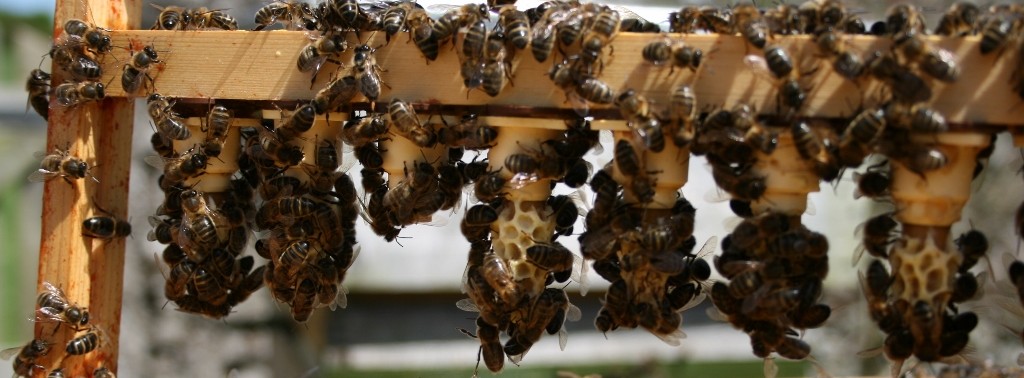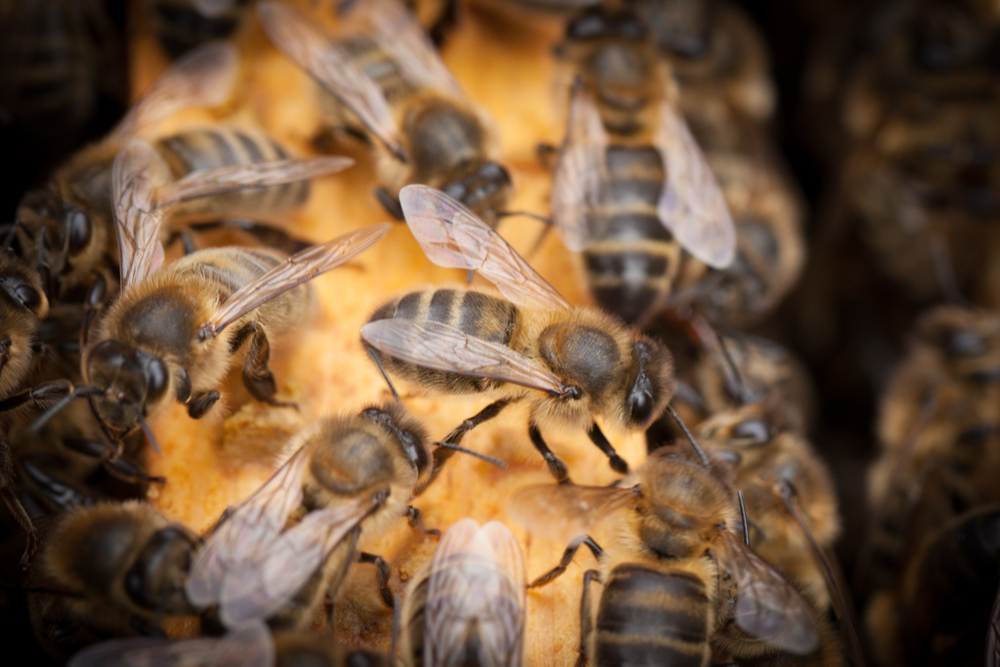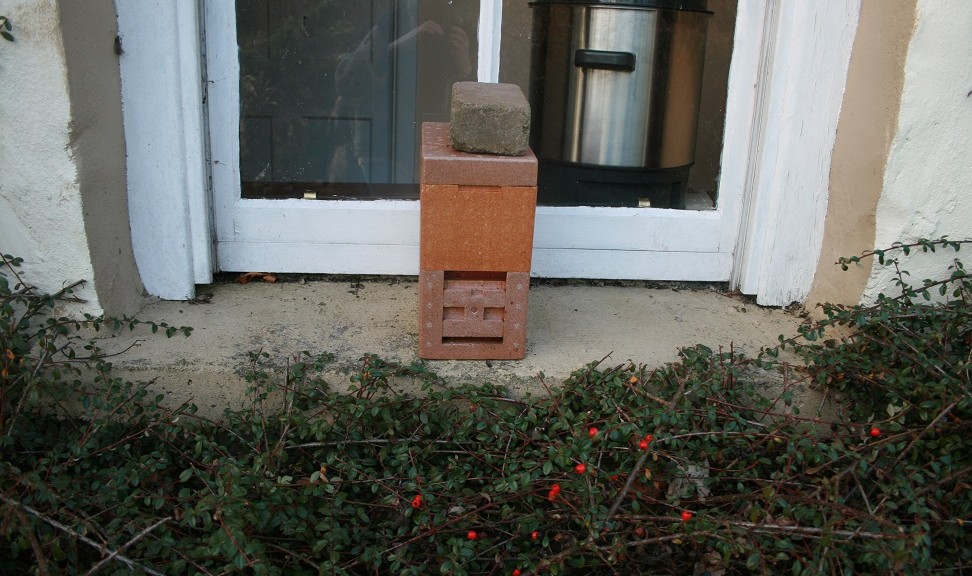Replacing a queen bee can be a tricky operation but forewarned is forearmed. To maximise success you need to think carefully about about your Target Colony and the State of your Queen. Read on… Continue reading Queen Bee Introduction – Basics
Tag Archives: Apideas
How to use your Jenter Kit
Once you have your Jenter Kit set up you are ready to put it into action. Click here if you need the Jenter Kit Set Up instructions
Click here for a timetable to use your Jenter kit with a Cloake board system
How to Introduce a queen bee to an Apidea
Mostly Apideas are used to rear queens from queen cells. However, there are occasions when you may want to introduce a laying queen or a virgin into an established Apidea.
Here’s a simple introduction method: Continue reading How to Introduce a queen bee to an Apidea
Irish Queen Bees for Sale
Sorry – sold out for 2015
Native Irish queen bees for sale (Apis mellifera mellifera) – ready now.
Selected for good temperament, productivity and low-swarming. Click here for more about JanesBees
Contact Jane info@beespoke.info
Click here for more about the Native Irish Bee
Click here for Bee Improvement
Click here for Colony Assessment
Click here for Colony Appraisal
What to do with queenless Apideas
An annual quandry for beekeepers is – what to do with all those queenless Apideas at the end of the queen-rearing season.
Most advice is to set the Apidea over a nuc and unite the two but this often comes to one sort of sticky end or another and is less viable when you have a number of them.
Here’s a neat alternative: Continue reading What to do with queenless Apideas
How to Feed a Winter Apidea
If you are overwintering an Apidea you will need to keep a close eye on the stores – especially in a mild winter when the queen may start to lay early. This one in the picture above has a double brood box and was well stocked with ivy honey in autumn but it felt a bit light so I fed it today. If you are wondering why the air vent is left open – that’s because they have it completely propolised and I don’t want to leave the front door wide open.
Here’s what to do with the feed though: Continue reading How to Feed a Winter Apidea
How to overwinter an Apidea
At the end of the summer, it is not always possible to find a colony in need of a new queen, especially after a summer as good as this one (2014) when it seems all the queens mated well. Nor is it always possible to find colonies with sufficient sealed brood to make up a nuc without weakening them unduly before winter. So what to do with those last, late queens in your Apideas?
Here is the quandary I found myself in this year: I had several sad little queenless Apideas and two other strong ones, each with five frames (feeder removed) and with good laying queens in them. I can never quite face shaking the poor queenless bees out, nucs weren’t possible and there’s nothing so sad as watching an Apidea dwindle its way into winter with laying workers and a bellyful of slugs.
So here’s the recipe: Continue reading How to overwinter an Apidea
Overheating Apideas
If, like me, you have placed your Apidea/s in a spot that overheats in very hot weather you can easily cool them down and stop them from absconding by draping a white flannel or a strip of pale towelling over them like an Arab headdress. The pale colour will reflect a lot of the heat and if you periodically drench the cloth with cold water the problem is solved.
Alternatively you could just put a big sponge on the roof and wet it at intervals. Make sure there is a slope is away from the entrance or water will run in.
Also, make sure that you have the ventilation grille partially open so the bees can circulate the air. If you fully open the door you will fully close the grille so avoid that – see the photo above.
Click here for instructions on how to set up an Apidea
Click here for how to overwinter an Apidea
Click here for how to feed a winter Apidea
Copyright © Beespoke.info, 2014. All Rights Reserved.
How to set up an Apidea
Mating nucs, or ‘mini nucs’ are a great way of getting a new queen laying using the minimum of resources. Should she fail, little is lost but if she does get laying – a spare queen is a great thing to have!
Apideas are far and away the best mating nuc on the market – they cost a little more but are worth every penny for the elegance of the design and the quality of the product.
There’s more than one way to skin a cat and the same can be said for Apideas but here is how I’ve been doing mine for the past 15 years… Continue reading How to set up an Apidea






